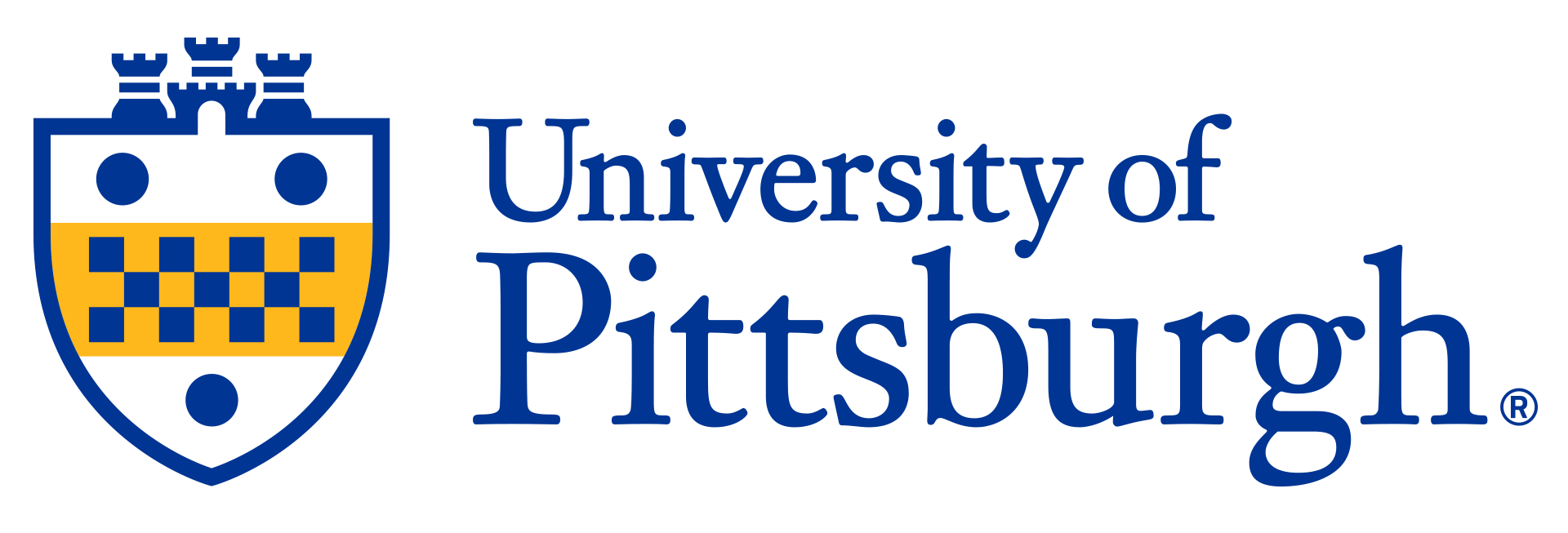

Advanced Electrospinning for Regenerative Biomaterials
This invention presents novel methods for electrospinning Poly(glycerol sebacate) (PGS) to create stable and versatile fibrous constructs, scaffolds, and grafts. These advancements enable the fabrication of strong, suturable biomaterials, significantly enhancing their potential for various tissue engineering and regenerative medicine applications, particularly in vascular grafts and nerve guides.
Description
The invention discloses novel methods for electrospinning poly(glycerol sebacate) (PGS), a biodegradable elastomer widely used in soft tissue implants, to overcome previous fabrication challenges. Historically, PGS has been difficult to electrospin due to its low molecular weight and viscous nature, which caused fibers to fuse rapidly. The innovative approach involves blending PGS prepolymer with various carrier polymers, including heat-resistant synthetic polymers like polyvinyl alcohol (PVA), polyhydroxybutyrate (PHB), or polyethylene terephthalate (PET), or natural polymers like gelatin. These blends are then electrospun into micro- or nano-fibers. In some embodiments, the PGS is cross-linked with heat without the need for chemical cross-linkers. Another method involves electrospinning a blend of PGS prepolymer with poly(lactic-co-glycolic acid) (PLGA) and a chemical cross-linker, followed by the removal of PLGA using an organic solvent to yield pure PGS fibers that are tough and elastic. The methods allow for precise control over fiber integrity and properties by varying the PGS-to-carrier polymer ratio and heat-curing parameters. This technology enables the formation of diverse shapes, including sheets, tubes, and complex three-dimensional constructs that mimic native tissues.Applications
- Vascular Grafts (especially for small-diameter blood vessels)- Coronary and Peripheral Arterial Grafts
- Nerve Guides
- Load-Bearing Implants
- Tissue Regeneration Scaffolds
Advantages
- Enables the stable formation of PGS fibers and fibrous constructs, scaffolds, and grafts, overcoming prior processing difficulties with PGS.- Produces biomaterials with superior mechanical strength, allowing for suturability in load-bearing implantations, a feature previously unachieved with PGS.
- Offers tunable degradation profiles by incorporating different blending components.
- Creates fibrous, anisotropic structures that mimic the extracellular matrix (ECM), promoting improved cellular response and facilitating nutrient and waste transport.
- Results in tough and elastic constructs suitable for various medical applications.
- Facilitates tissue regeneration by providing a stable structural framework in vivo.